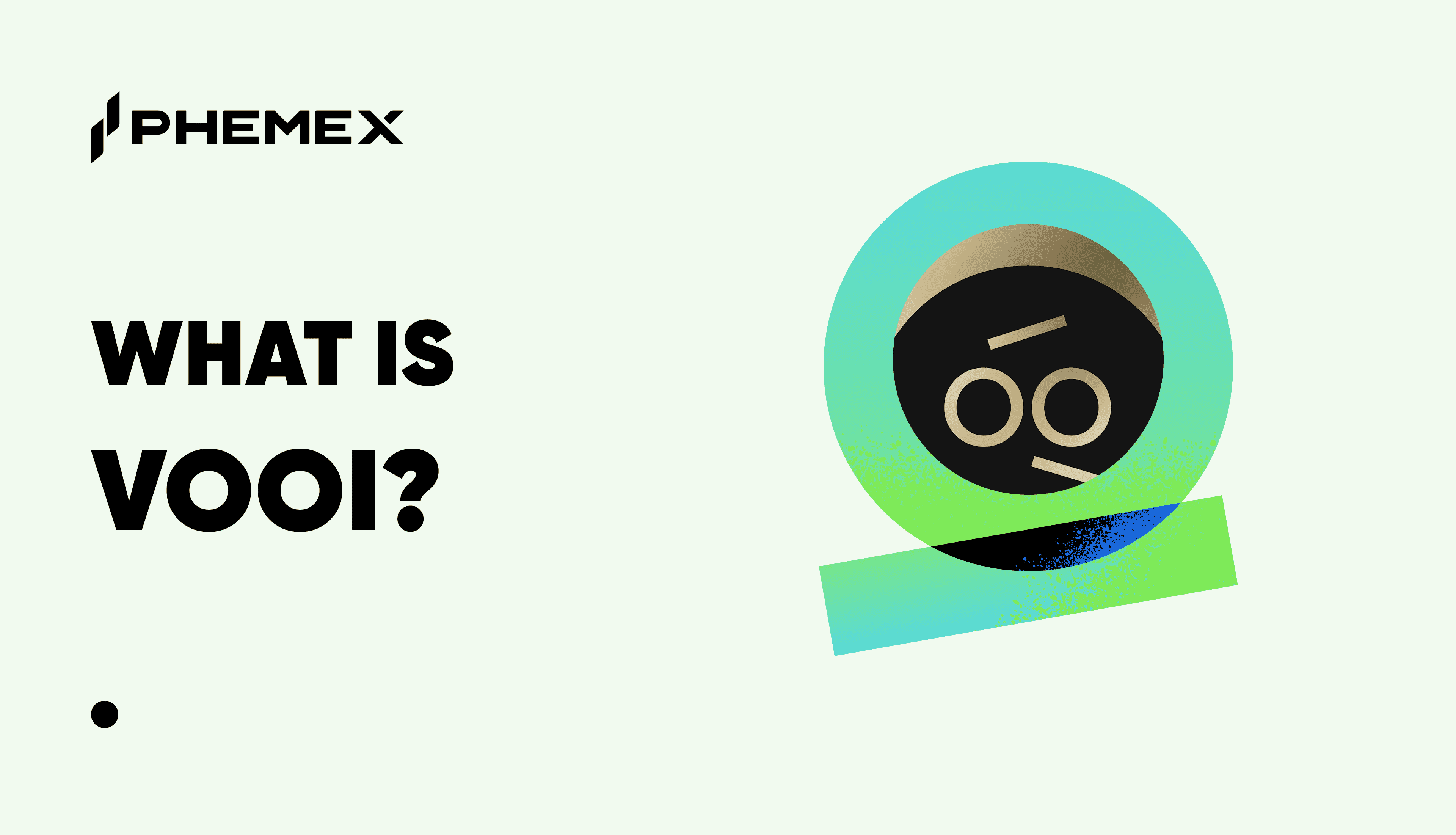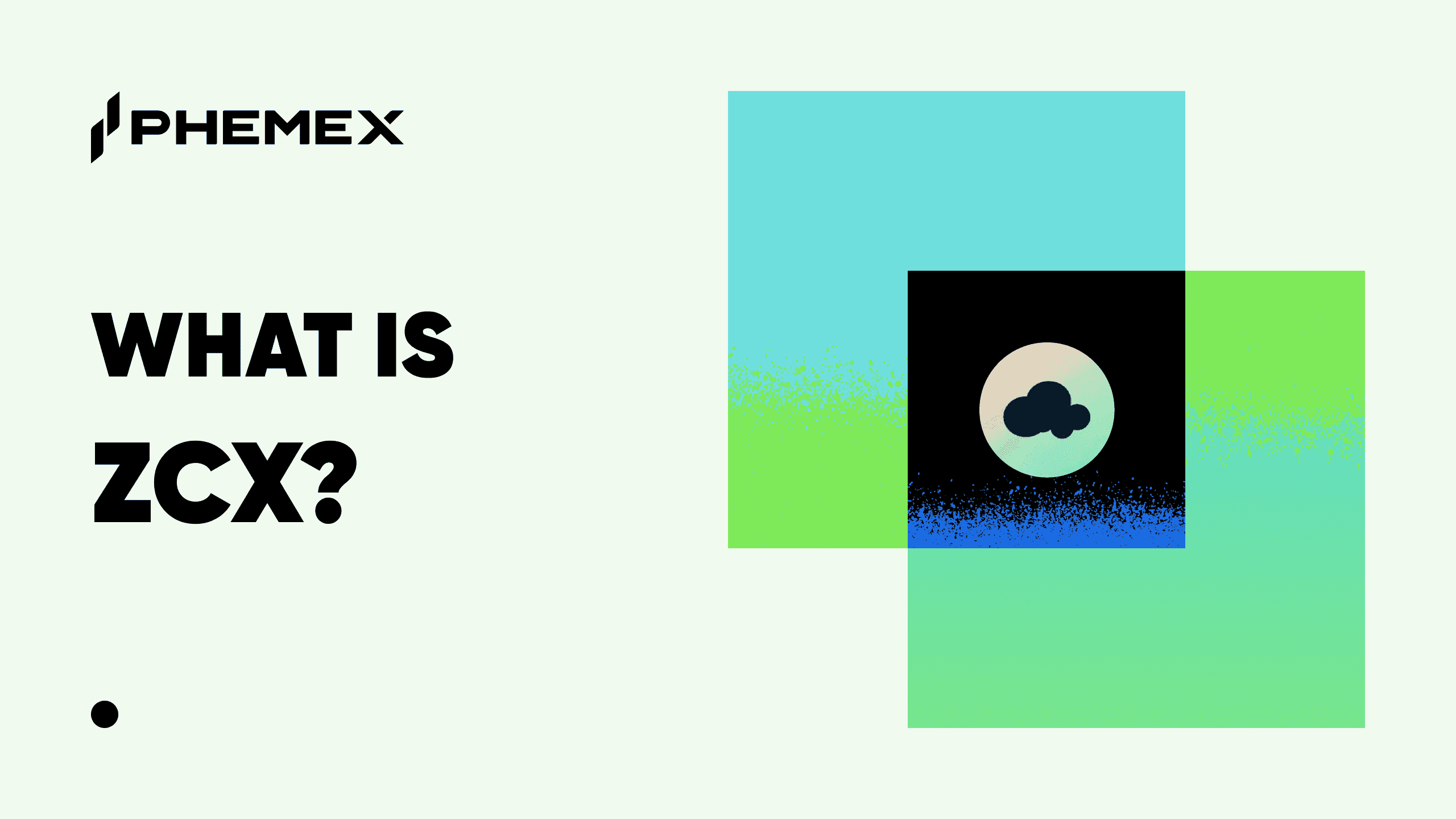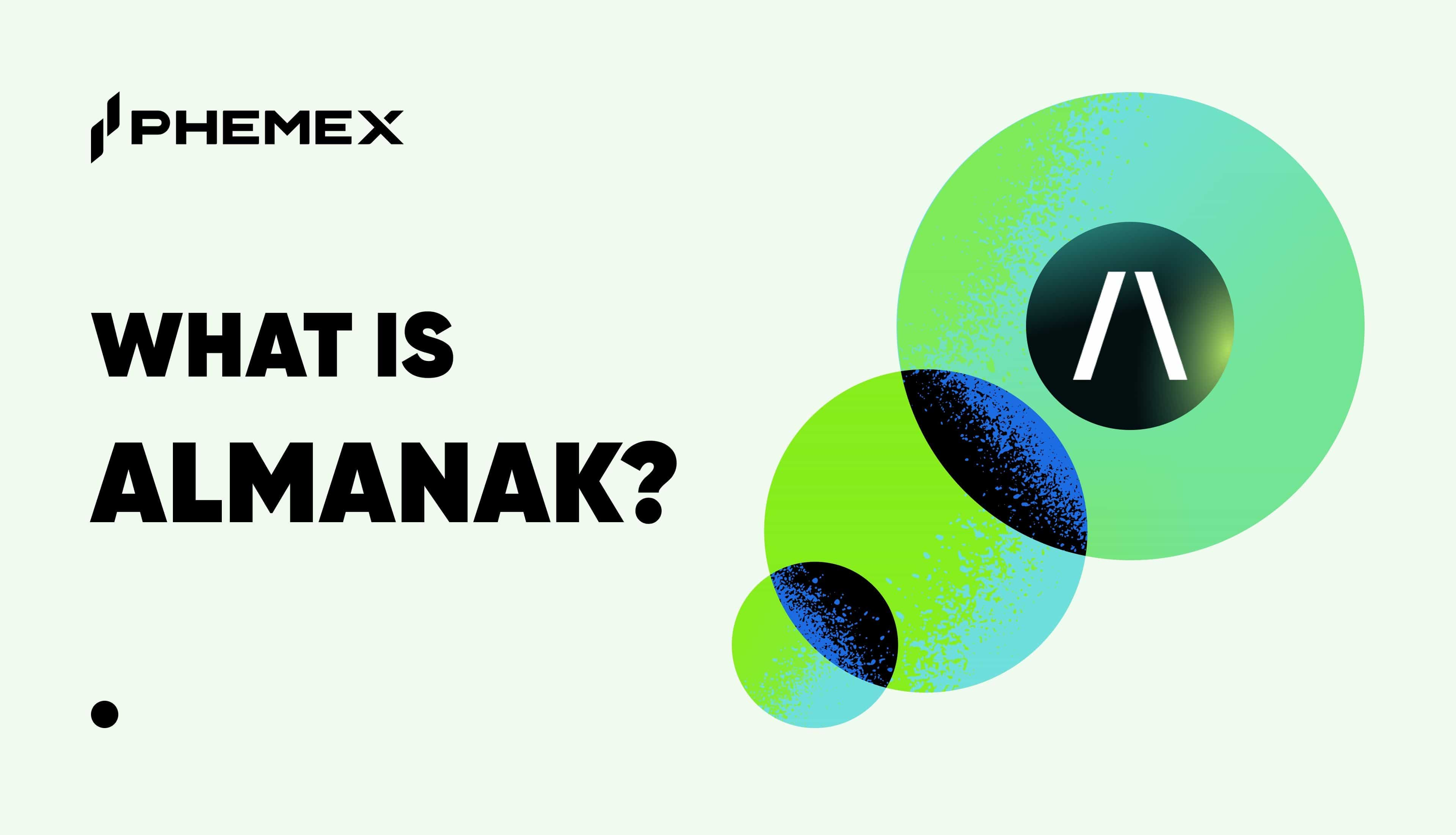Summary
- Centralized Finance (CeFi) platforms resemble structured financial services, enabling users to borrow, lend, and earn interest on cryptocurrency holdings.
- Decentralized exchanges ditch the traditional order book model and replace it with pre-funded liquidity pools consisting of at least a pair of tokens.

It isn’t easy to define how every cryptocurrency derives its value. Some say Bitcoin is worth its cost to mine, but in general, a cryptocurrency is worth whatever you can sell it for. Markets decide how much a token is worth through trading, where sellers push the price up to get better deals, and buyers bid lower to profit.
The Ethereum network has a daily trading volume of over $25 billion, and with that much money on the line, matching bids and asks can become incredibly challenging. Most cryptocurrency exchanges solve this by using a centralized platform to manage trade requests, and while this technically runs in the face of blockchain’s primary ethos – decentralization – it does have its advantages.
What is Centralized Finance (CeFi)?
Centralized Finance (CeFi) platforms resemble structured financial services, enabling users to borrow, lend, and earn interest on cryptocurrency holdings. While the services are centralized, CeFi’s goal is to make trading more fair, efficient, and popular. Further, despite most CeFi services relying on trusted third parties, they prioritize decentralization more than traditional financial services.
CeFi may represent stability and convenience, but high transaction fees due to intermediaries and a lack of transparency or absolute control over funds mean they aren’t everyone’s cup of tea. The cryptocurrency community values the ability to make transactions that no one can censor. In a world where centralized exchanges can freeze funds or block withdrawals, people may flock to alternative platforms.
What is Decentralized finance (DeFi)?
Decentralized finance (DeFi) is one of the most coveted slices of the blockchain industry today, but the idea itself has far more humble origins. In fact, it wasn’t until the last couple of years that DeFi platforms even became practical. Where centralized exchanges use a central server to match bids and asks, decentralized exchanges found it incredibly inefficient to use the same order book model across a distributed network.
Last year, the introduction of Automated Market Makers (AMMs) brought decentralized exchanges into the spotlight. With AMMs, decentralized exchanges ditch the traditional order book model and replace it with pre-funded liquidity pools consisting of at least a pair of tokens. Liquidity providers fund the pool for a cut of trading fees based on the fraction of the liquidity pool funded by them.
Privacy and KYC
Another major factor pushing users to DeFi platforms is privacy. Centralized exchanges and other CeFi services often require full KYC disclosure, but while most DeFi platforms don’t ask for personal information, they also do not have on or off-ramps to fiat currencies. Instead of trusting a corporation, DeFi requires users to trust a protocol. While this prevents anyone else from taking control of your funds, dealing with unaudited code in the blockchain space is always risky.
In just the last few years, the total ETH locked into DeFi platforms has grown from almost nothing to over $50 billion today. Currently, CeFi platforms are more respected for their reliability and efficiency, but as DeFi continues to turn heads with its innovative, decentralized designs for financial applications, these platforms could threaten the dominance of some of the most prominent organizations in blockchain.
#1 Key Difference: Trust and Responsibility
DeFi platforms offer complete autonomy over funds, meaning that your assets belong only to you, and no one else can touch them without your consent. Compared to a regular international financial institution, DeFi also enables faster, more affordable payments across international borders due to lower overhead costs.
There are over 2 billion people worldwide that do not have access to banking or other financial services. Blockchain technology helps bring all kinds of money-related services to the most remote corners of the world, and with DeFi, practically anyone with a smartphone can start buying, holding, and using cryptocurrencies.
DeFi apps are also designed to work with each other, allowing for some impressive and incredibly profitable ‘yield farming’ strategies spanning multiple platforms. Service providers are also kept impartial as data from DeFi platforms is available publicly. However, despite the immense popularity of these platforms, policymakers are still unsure of how to regulate the space, which is almost certainly one of the most significant barriers to institutional adoption.
CeFi has an incredible hold over the blockchain space, with most cryptocurrency transactions taking place through CeFi services. These platforms require a password to log in, but users are not given a private key to directly access their funds. Instead, the CeFi platform manages the funds for you.
The tokens available for trade are also controlled centrally, and there are long, expensive processes for projects to get their tokens listed on the most popular CeFi platforms. While the top centralized services are usually insured, with a single point of failure, attacks on these platforms can be devastating to its users.
In 2014, the Mt. Gox Bitcoin exchange was hacked, and attackers stole over 850,000 BTC in user funds. The exchange was handling around 70% of the world’s Bitcoin transactions at the time, and even today, most users still have not received any compensation for their losses.
CeFi is less focused on its users owning cryptocurrencies and more focused on letting them interact with crypto markets. They also enforce platform-dependent rules that are subject to change at a moment’s notice. DeFi, however, operates entirely on top of a decentralized infrastructure.
DeFi platforms use smart contracts to create a fair and transparent financial system that’s more accessible to people worldwide. As an open-source ecosystem, DeFi offers all kinds of services, with new ones added continuously. It also gives you complete control over your assets, with no intermediaries getting in the way of you and your funds.
Though decentralized services are often marketed as ‘trustless,’ they require a certain amount of trust in something, and the real difference between DeFi and CeFi platforms is who its users choose to trust. Where centralized platforms ask users to trust in the company running the service, decentralized platforms ask users to trust in its code, and that is a tough ask for open-source programming environments handling billions of dollars worth of transactions.
CeFi platforms also often provide on and off-ramps into fiat currencies, which requires the company to store personal records and KYC information due to compliance requirements. Sensitive information in the hands of careless corporations can be hazardous, but it’s often easier to trust a reputed brand than taking on the responsibilities of self-custody.
Centralized exchanges have entire departments to ensure their data is handled correctly, including customer support channels and community engagement programs. They also offer cross-chain services for coins listed on independent blockchains like Bitcoin, Litecoin, XRP, and more, allowing the swapping of those coins with ease. DeFi systems are built primarily on the Ethereum network, and while ‘wrapped tokens’ are bringing more assets to the ecosystem, cross-chain swaps aren’t feasible at the moment.
DeFi services are supported by the community, for the community. They not only allow anyone access to their services without providing any information, they also allow users to build on top of the decentralized network and collaborate with the community freely. For this reason, DeFi products are often called “money legos,” designed to benefit from and integrate with one another.
Further, while it’s impossible to guarantee a centralized service is trustworthy, code audited from a reputed source is theoretically much more secure, which makes DeFi applications a better option for users that want something verifiably safe. Development in the DeFi space is rapid, and the industry is progressively building more capable systems and experimenting with groundbreaking ideas.
While there’s still a long way to go, DeFi is slowly producing alternatives to every kind of centralized service available. DeFi platforms are also slowly solving some of the more minor issues with the space today, such as providing access to wrapped assets.
Centralized services are at the heart of blockchain’s movement against centralization, and while it might seem counter-intuitive, they’re instrumental to the continued growth of the space. Beyond taking responsibility for securing your assets, these services also need to maintain peak performance levels, offering the best service for the least cost to maintain their user bases.
DeFi platforms are more community-driven and are often forked or built on by members of the platform. This allows for the creation of even more DeFi networks for users to interact with and facilitates growth to cater to the market’s actual needs. For example, while Uniswap popularized AMMs, attracting people from across the world to become liquidity providers (LPs), its code was forked to create the near-identical SushiSwap, which mainly differed through better incentives for LPs, gathering users and siphoning liquidity from its parent platform.
DeFi is pushing the limits of what blockchains are capable of, but centralized services will always stick around for those who prioritize performance and reliability. Until decentralized systems can ensure the same level of safety and convenience for their users’ assets, CeFi will continue to attract the bigger chunk of cryptocurrency traders.
#2 Key Difference: Regulations and Market Size
CeFi completely eclipses DeFi, both in terms of user base and market size. Compared to DeFi, centralized platforms are far more established, having cemented their brands in the decade since the advent of Bitcoin. DeFi is still a relatively young part of an industry that’s only in its infancy.
While regulation is a growing issue in the blockchain space as a whole, centralized services have much better luck attaining regulatory approval since there’s someone to take responsibility for enforcing it. Smart contracts can enforce regulations through code, but poorly written applications can lead to substantial financial losses for the market.
Further, since cryptocurrencies are still very much an enthusiast market, user experiences on DeFi platforms are relatively poor, and the lack of customer support on decentralized networks could be what holds it back in the long term. That said, decentralized networks have faced obstacles since the launch of the first cryptocurrency, and as more sophisticated applications start hitting the market, this issue should shrink with time.
However, another growing concern among community members is how centralized cryptocurrency exchanges have adopted similar operations as traditional banks. This has partly fuelled the rise in popularity of DeFi platforms. While both kinds of services are essential in different ways, their future will depend on how well DeFi platforms can mimic the performance of their centralized counterparts.
CeFi services understand precisely what they want from their customers and try to push their user base in that direction. DeFi platforms, on the other hand, define themselves by how the community uses them, and this is an important distinction to make. For novice traders who are just dipping their toes in, centralized platforms are much more streamlined and easy-to-use, while their decentralized alternatives are designed more for experienced users.
CeFi offers stability and performance, while DeFi networks promote greater privacy and control over your assets. Though both ecosystems have a long way to go before cryptocurrencies see more mainstream adoption, they’re certainly on the right track. With institutional adoption on the rise and DeFi protocols becoming increasingly advanced, DeFi could quickly become the dominant environment for all financial services.
Read More
- What Is DeFi: How To Be Your Own Bank With $100
- What Are Decentralized Applications (dapps)?
- https://phemex.com/academy/defi
- Analysis- Unlocking synergy: Can TradFi converge with DeFi?
- What is Cryptocurrency & How It Differs From Digital Cash
- What Is a Centralized Exchange and Should You Use One?
- Blockchain Analytics: 11 Free Crypto Research Tools You Need
- What Is A Decentralized Exchange (DEX) in Crypto?








